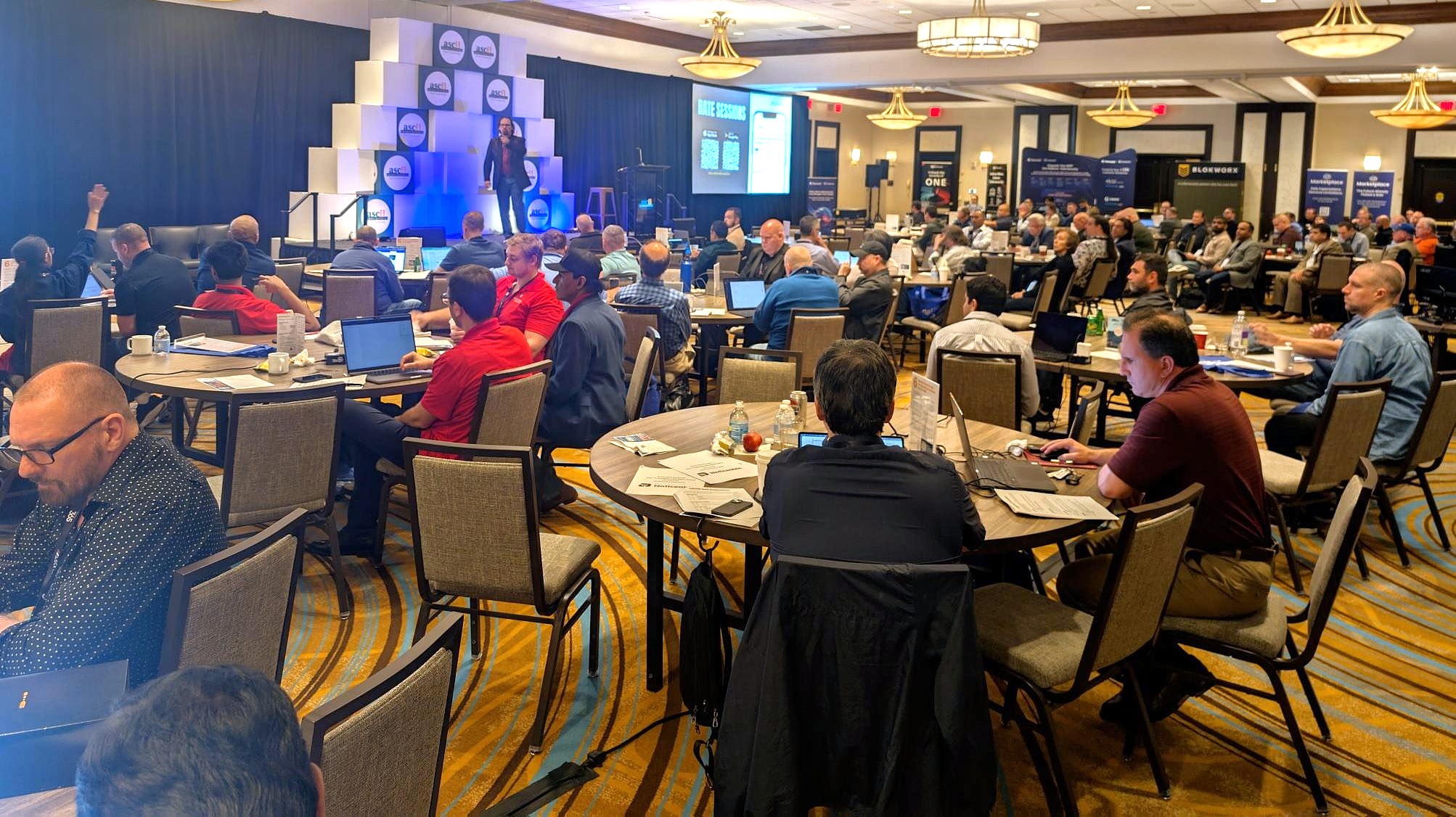In today’s world, threat actors lurk in all corners of the internet—potentially even on your network—honing their craft and lying in wait to strike. Sophisticated attackers often have no need to deploy malware in the early stages of an attack; they can use tools like operating system components, misconfigurations, or installed software to achieve their aims.
Even advanced threat detection—which tends to identify attacks after they’ve already begun—may not be enough to keep organizations protected from these lurkers. To build a more robust defense, organizations need a more proactive approach such as threat hunting. With threat hunting, the goal is to anticipate and prevent attacks by analyzing networks, endpoints, and data to identify suspicious activity that existing solutions might miss.
While technology-based solutions are still important, threat hunting also requires a human-centric approach to be effective. This enables an organization to move faster than the speed of the threat, shutting down attacks often before they start.
It can be challenging for some organizations to implement a threat hunting program, however. According to a recent Pulse survey, over half of IT organizations pointed to budgetary constraints and a lack of cybersecurity expertise as two of the main roadblocks on the path to a successful threat-hunting initiative. Facing those obstacles, it’s no wonder organizations are looking to managed service providers to take on their threat-hunting responsibilities.
For MSPs, this is a real opportunity. Threat hunting enables them to add tremendous value to their customers’ security postures, including:
- Timely threat response. A human-driven approach augments any existing tech-based controls before a breach even takes place.
- Reduced investigation time. Threat hunting not only intercepts threats that may otherwise go undetected for days, weeks, sometimes even months, it minimizes the dwell time and is crucial to reliably disrupting breaches.
- Better insights for security teams. When performed effectively, a well-thought-out threat-hunting program arms security teams with high-level insights to assist in culling pertinent data needed to establish best practices and disrupt future threats.
- Improved efforts to minimize the attack surface and boost automated detection. Threat hunting can detect new patterns, which in turn helps organizations improve detection capabilities, leaving threats with nowhere to hide.
To properly adopt threat hunting, organizations—including MSPs—must shift their mindsets around security. That means moving beyond prevention and incident response to a proactive, continuous response model, starting with an assumption that organizations have been compromised and need constant monitoring and remediation.
Visibility is the backbone of any effective threat-hunting program. At any given moment, users and endpoints are producing valuable telemetry information about what’s going on across the organization. Even though the vast majority of that telemetry is about legitimate activity, advanced technologies like machine learning and behavioral analytics can reveal abnormal behaviors that could be signals of suspicious activity, triggering a security alert. This process is based on automated analytics and requires specific technologies, processes, and resources to be performed correctly.
Threat hunting runs in tandem with this workflow. The core function is to use queries to the data lake and specific tooling to obtain insights from the telemetry to automate new deterministic analytics. Threat hunting can also comprise the combined activity of applying these new analytics to the telemetry and putting into context weak signals to streamline and simplify the identification of actual attacks.
By adding threat hunting to their arsenals, MSPs can offer their customers better protection and more reliable threat detection before any damage can be done, while shoring up defenses against any future attacks.
Once considered a “nice-to-have” capability, threat hunting is increasingly a must-have for all organizations across all industries. With the speed at which threats are spreading, threat hunting must be viewed as a required capability for every organization in order to keep users and data safe and secure.
IRATXE VAZQUEZ is a senior product marketing manager at WatchGuard Technologies. She has been a product manager and product marketing manager for nearly two decades, with experience in cloud-native solutions, cybersecurity, and data analytics. She has an extensive background in endpoint protection, endpoint detection and response, security operations centers, and threat-hunting platforms to optimize the efficiency of security practitioners’ teams against the ever-evolving threat landscape.














